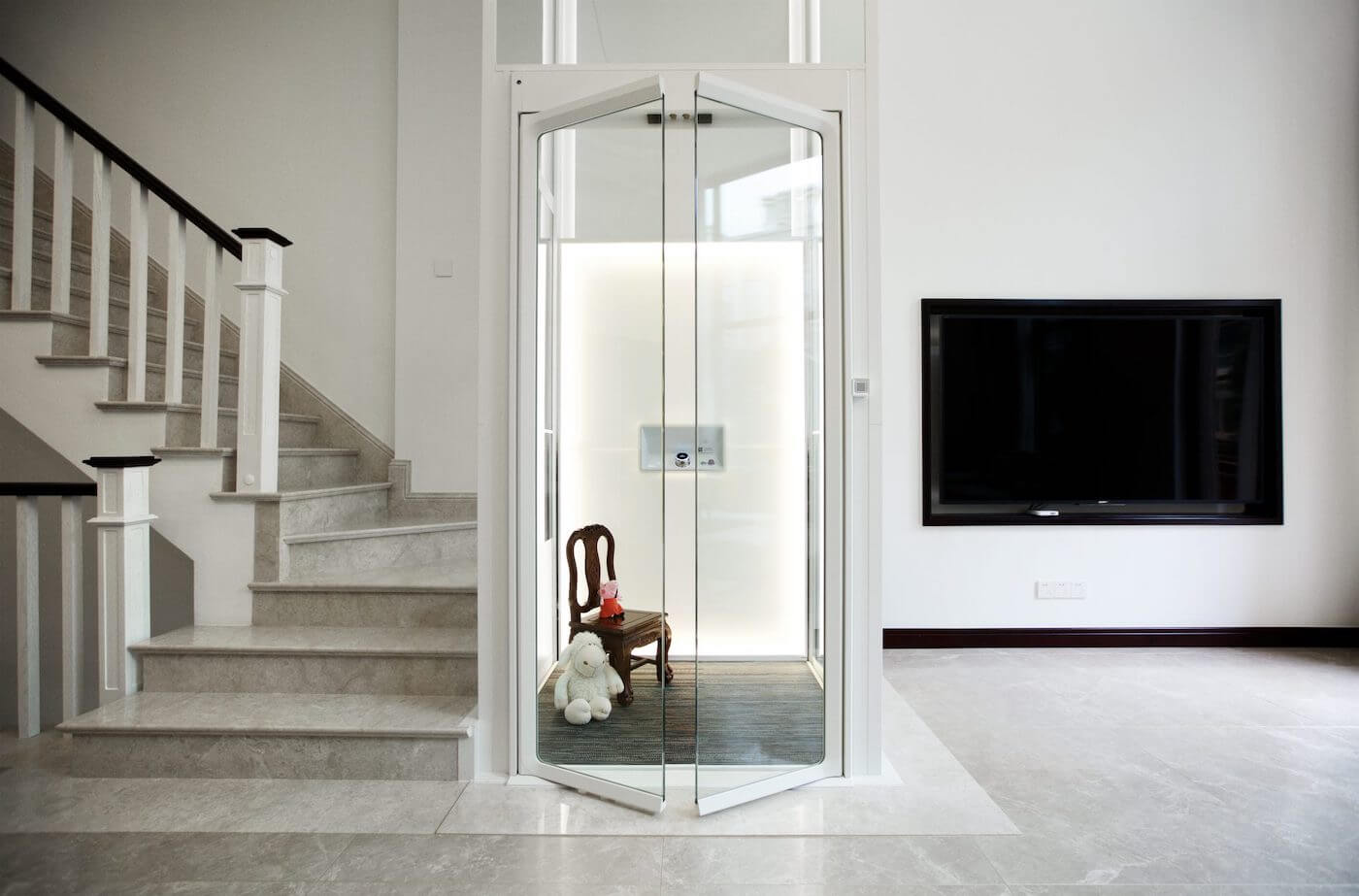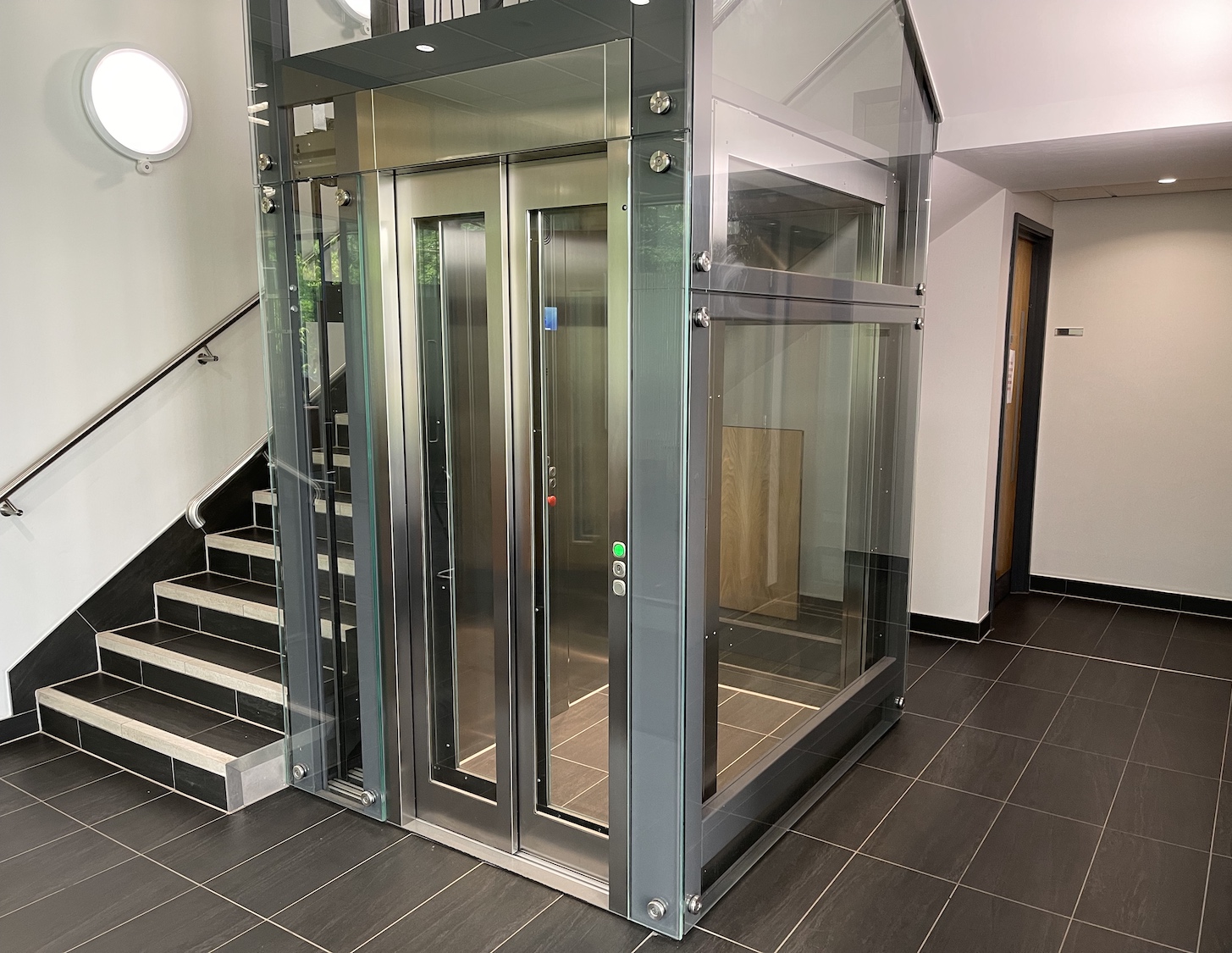London Lift Company: Relied On Specialists for All Your Vertical Transport Requirements
London Lift Company: Relied On Specialists for All Your Vertical Transport Requirements
Blog Article
Exploring the World of Lifts: Typical Issues Dealt With by Various Lift Systems
As we navigate through the upright transport systems of modern-day buildings, lifts stand out as a vital part of our daily lives. From hydraulic elevators to grip systems and machine-room-less layouts, each lift kind comes with its set of common issues.
Hydraulic Elevators
Hydraulic lifts, often chosen for low-rise buildings, use fluid pressure to manage the activity of the lift vehicle (lift repair companies). This system includes a hydraulic pump pressing oil right into a cyndrical tube, creating the lift to relocate the desired direction. While hydraulic elevators are known for their smooth and peaceful operation, they do include their own collection of usual issues
One prevalent issue with hydraulic elevators is oil leakage. The seals in the hydraulic system can wear out with time, leading to oil seepage. If left unaddressed, this not only produces a mess but can also affect the elevator's efficiency. In addition, concerns with the control system, such as defective valves or a malfunctioning pump, can cause disturbances in the lift's motion.
Routine upkeep and prompt fixings are vital to make certain the smooth performance of hydraulic elevators. By dealing with these common concerns proactively, structure owners can minimize downtime and make certain the security and efficiency of their upright transport system.
Grip Lifts
When thinking about upright transport systems in buildings, an additional typical kind besides hydraulic lifts is the traction lift. Traction lifts operate making use of a system of ropes and weights that move the lift cars and truck by grasping onto the hoist ropes. This mechanism enables smoother and faster upright transportation contrasted to hydraulic systems.
One of the usual concerns dealt with by traction lifts is rope wear. The constant motion of the ropes within the grip system can result in put on and tear with time, potentially creating the elevator to breakdown or come to be risky for usage. Routine evaluations and upkeep of the ropes are important to make sure the lift's proper performance and safety.
One more issue that traction lifts might experience is connected to the control system. Issues with the control system can lead to problems such as irregular movement, hold-ups in response times, or even full closures. Regular testing and upkeep of the control system are crucial to avoid such concerns and ensure the elevator's integrity.
Machine-Room-Less (MRL) Lifts

One of the vital elements of MRL elevators is the small gearless traction equipment that is set up within the hoistway. This machine successfully drives the lift vehicle without the need for large equipment discovered in conventional grip elevators. In addition, MRL lifts typically utilize a weight system to balance the car, additional boosting their energy performance.
Despite their advantages, MRL lifts might face difficulties connected to upkeep and repair because of the confined space for devices installment. Ease of access for servicing elements within the shaft can be restricted, calling for specialized training for specialists. Correct upkeep timetables and regular inspections are important to make certain the ongoing smooth procedure of MRL lifts.
Overloading and Weight Limit Issues
Overloading and weight restriction problems are vital issues in elevator procedures. Lift makers style raises with certain weight capabilities to guarantee passenger safety and security and tools durability.
When elevators are strained, it places excessive pressure on the motor, cable televisions, and various other elements, potentially creating breakdowns or breakdowns. If they detect excess weight, security systems such as sensing units and overload sensing units are in area to protect against lifts from moving. In addition, going beyond weight limitations can bring about enhanced power usage and wear and tear on the elevator system.
To reduce straining problems, constructing managers need to prominently display weight restrictions in elevators and enlighten occupants on the relevance of adhering to these constraints - lift repair companies. Normal maintenance checks by certified professionals can also assist ensure that elevators are running within safe weight specifications. By addressing overloading and weight limitation concerns proactively, structure owners can improve lift safety and security and efficiency
Electrical System Failures
Exceeding weight limits in lifts can not just lead to mechanical concerns however also potentially contribute to electric system failings within the lift facilities. Electrical system failures are an important worry in elevator operation, as they can trigger unforeseen shutdowns, malfunctions, or also safety and security dangers.
In addition, power rises or fluctuations in the electrical supply can additionally interfere with the lift's procedure, impacting its performance and safety and security. These electric disturbances can harm delicate elevator parts such as control panels, circuit boards, or sensing units, causing system failures. Regular upkeep and assessments are important to identify and resolve prospective electric problems immediately, guaranteeing the safe and reliable procedure of elevator systems. By sticking to weight limitations and carrying out routine electric system checks, building proprietors can mitigate the threat of electrical failings in elevators.
Verdict

Hydraulic elevators, typically chosen for low-rise buildings, use fluid stress to regulate the movement of the lift auto.When taking into consideration vertical transport systems in buildings, an additional usual kind aside from hydraulic elevators is the grip elevator. Traction lifts operate utilizing a system of ropes and weights that move the elevator vehicle by gripping onto the hoist ropes. Unlike typical lifts that need a different device space to house the tools, MRL lifts integrate many of the parts within the shaft, removing the demand for a dedicated maker room.In final thought, lifts deal with usual issues such as hydraulic breakdowns, traction system failings, and electric system problems.
Report this page